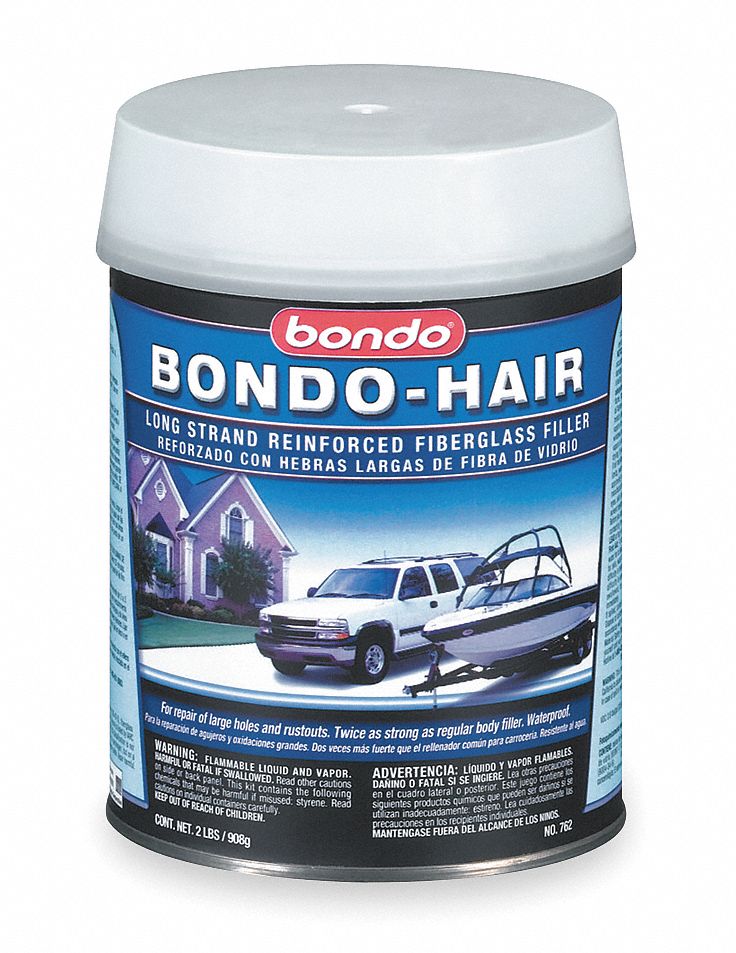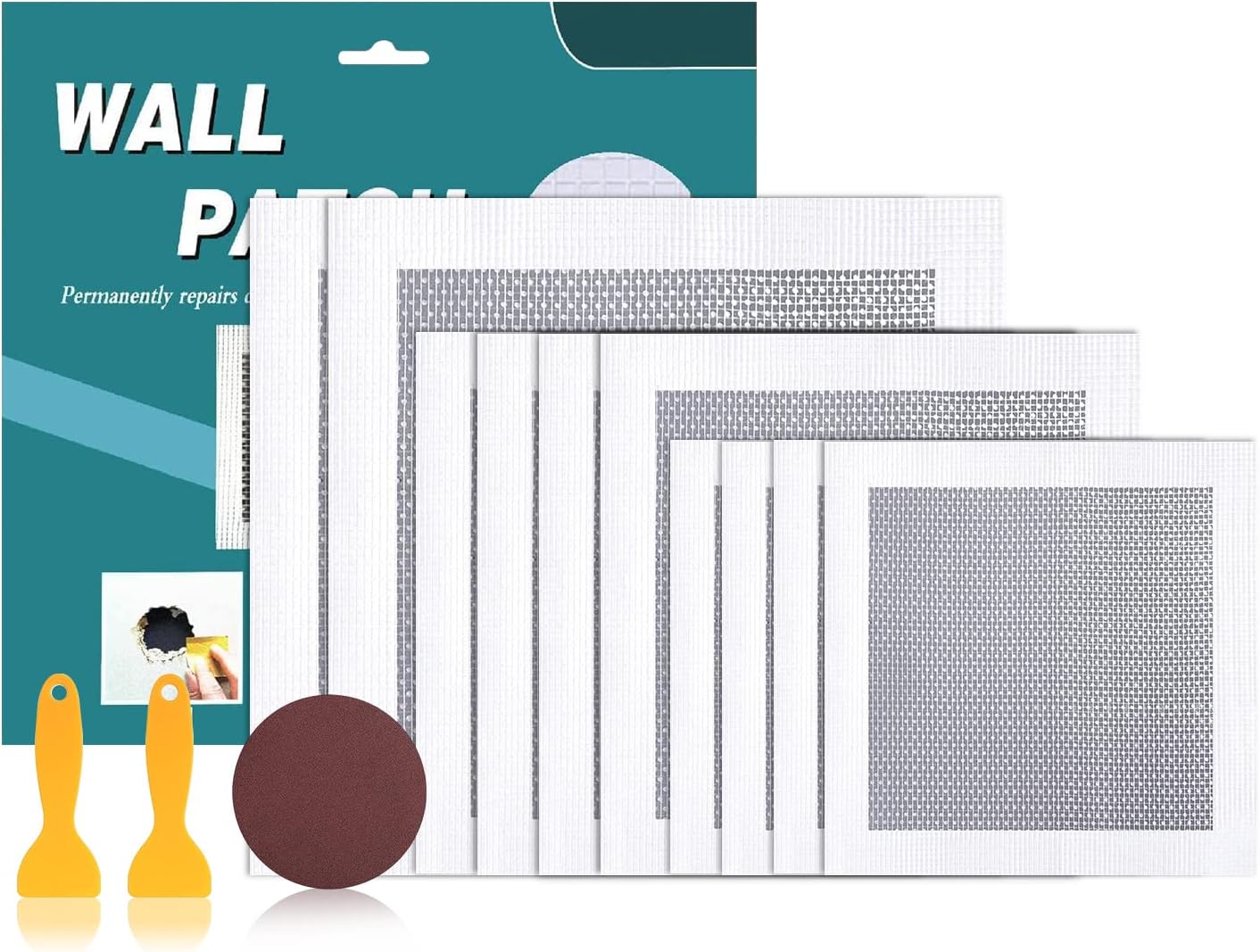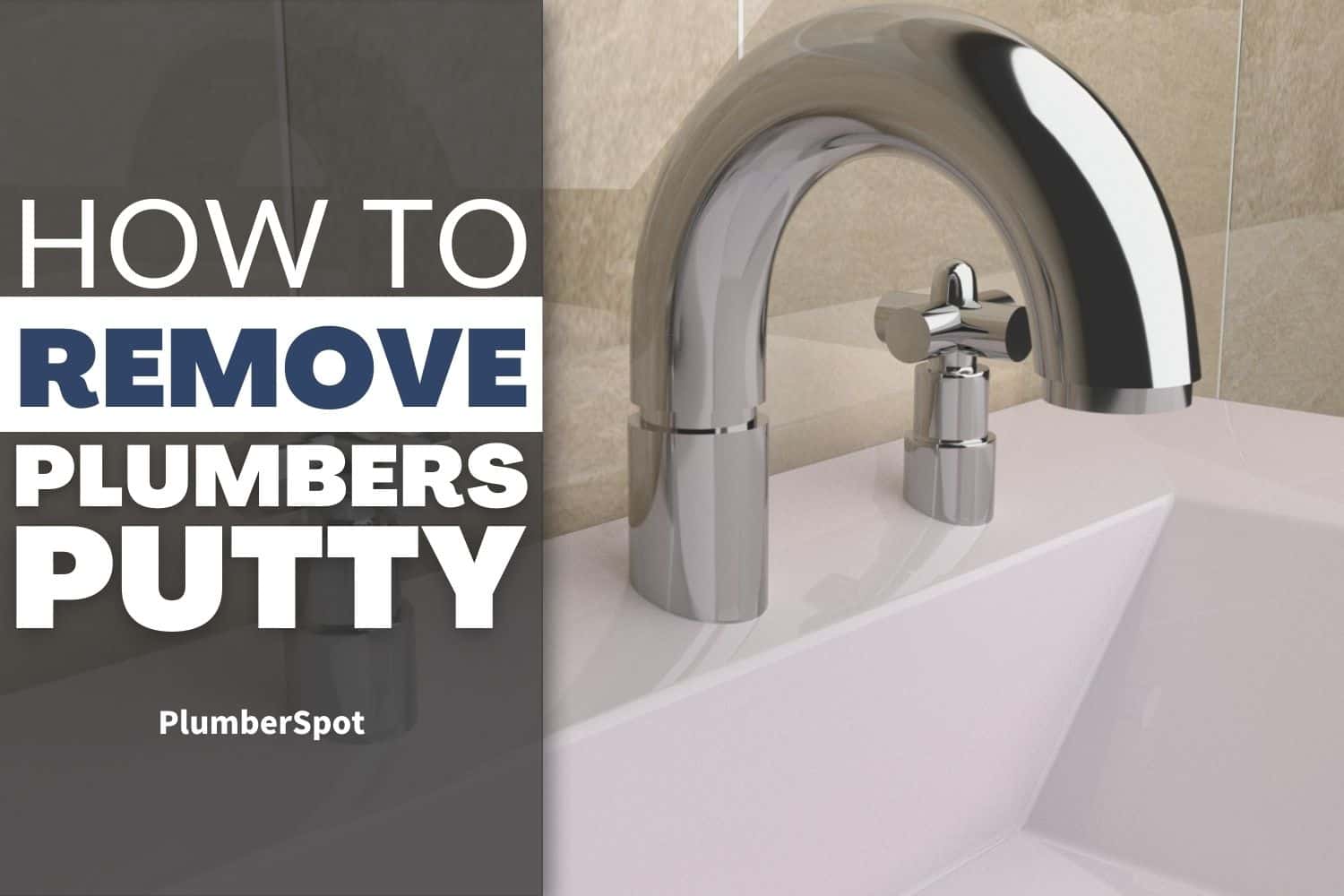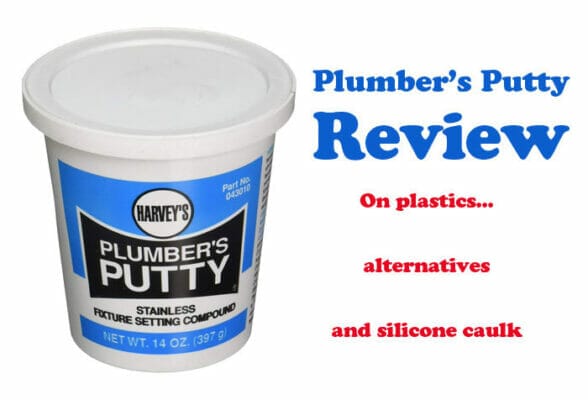If you're looking for a quick and long-lasting solution to fill a hole in your kitchen sink, then epoxy putty is your best bet. This versatile material is a popular choice among DIY enthusiasts and professionals alike, thanks to its strong adhesive properties and ease of use. Simply mix the two components of the putty together, apply it to the hole, and let it dry for a strong, waterproof seal that can withstand the rigors of daily use.1. Epoxy Putty: Easy and Durable Solution
Silicone caulk is another popular choice for filling holes in kitchen sinks, mainly because of its flexibility and affordability. This material is available in various colors, making it easy to match with your sink's finish. It's also resistant to water and heat, making it a suitable option for sinks that are frequently exposed to these elements. Plus, it's easy to apply and doesn't require any special tools or skills.2. Silicone Caulk: A Flexible and Affordable Option
If your kitchen sink has a larger hole that needs to be filled, then Bondo may be the best option for you. This two-part polyester filler is known for its strength and durability, making it a popular choice for repairing various types of damage. It can be easily shaped and sanded, allowing you to achieve a smooth and seamless finish. However, keep in mind that Bondo is not waterproof, so it's best used for holes that are not exposed to water.3. Bondo: A Strong and Versatile Filler
If you're dealing with a hole in your kitchen sink that's constantly exposed to water, then a fiberglass patch may be the best way to go. This material is known for its waterproof and chemical-resistant properties, making it a suitable option for sinks that are frequently used. It's also strong and durable, with the ability to withstand heavy use and high temperatures. However, applying a fiberglass patch may require some skill and experience, so it's best to consult a professional if you're not confident in your abilities.4. Fiberglass Patch: A Reliable and Waterproof Solution
If you're not keen on repairing the hole in your kitchen sink and would rather cover it up, then a stainless steel sink hole cover may be the answer. These covers come in various sizes and finishes, making it easy to find one that matches your sink's design. They are also easy to install and provide a sleek and stylish solution to hide any unsightly holes in your sink.5. Stainless Steel Sink Hole Cover: A Sleek and Stylish Cover-Up
For smaller holes in your kitchen sink, a sink hole plug may be all you need. These plugs are typically made of rubber or plastic and come in various sizes to fit different hole diameters. They are also inexpensive and easy to install, making them a convenient option for a quick fix. However, they may not provide a long-term solution and may need to be replaced over time.6. Sink Hole Plug: A Simple and Affordable Option
If your kitchen sink has multiple holes and you only need to fill one, a sink hole cover plate may be the perfect solution. These plates come in various sizes and can be customized to fit your sink's hole pattern. They are also available in different finishes, allowing you to match them with your sink's design. Plus, they are easy to install and provide a seamless look to your sink.7. Sink Hole Cover Plate: A Customizable and Practical Solution
If you're not sure which material to use or want to have all the necessary tools in one package, then a sink hole repair kit may be the way to go. These kits typically include a filler material, sandpaper, and other necessary tools for repairing holes in kitchen sinks. They are also a cost-effective option if you have multiple holes to fix, as you won't have to purchase each item separately.8. Sink Hole Repair Kit: A Comprehensive Solution
Plumbers putty is a traditional and reliable material for filling holes in kitchen sinks. It's made of a mixture of linseed oil, powdered clay, and other additives, making it pliable and easy to use. Plumbers putty is also waterproof and resistant to chemicals, making it a suitable option for sinks that are frequently exposed to water and cleaning products.9. Plumbers Putty: A Tried and Tested Solution
Sink hole gaskets are small rubber or plastic pieces that fit into the hole of your kitchen sink to prevent water from leaking. They are easy to install and provide an effective seal without the need for any tools or adhesives. Sink hole gaskets are also affordable and can be easily replaced if needed. In conclusion, there are various ways to fill a hole in a kitchen sink, each with its own advantages and limitations. Consider the size and location of the hole, as well as your budget and personal preferences, to determine the best solution for your specific needs. And remember, if you're not confident in your abilities, it's always best to consult a professional for a proper and long-lasting fix.10. Sink Hole Gasket: A Simple and Effective Sealant
The Best Way to Fill a Hole in Your Kitchen Sink: A Professional Guide

Introduction
 Kitchen sinks are an essential part of any household, providing a convenient and hygienic space for daily tasks such as washing dishes and preparing food. However, over time, even the most durable sinks can develop holes due to wear and tear, causing leaks and potential damage to your kitchen cabinets and flooring. While it may seem like a daunting task, filling a hole in your kitchen sink is a simple and cost-effective solution that can prevent further damage and prolong the lifespan of your sink. In this article, we will discuss the best way to fill a hole in your kitchen sink, ensuring a professional and long-lasting result.
Kitchen sinks are an essential part of any household, providing a convenient and hygienic space for daily tasks such as washing dishes and preparing food. However, over time, even the most durable sinks can develop holes due to wear and tear, causing leaks and potential damage to your kitchen cabinets and flooring. While it may seem like a daunting task, filling a hole in your kitchen sink is a simple and cost-effective solution that can prevent further damage and prolong the lifespan of your sink. In this article, we will discuss the best way to fill a hole in your kitchen sink, ensuring a professional and long-lasting result.
Assess the Damage
 Before attempting to fill a hole in your kitchen sink, it is crucial to assess the extent of the damage. This will determine the best method to use and the materials needed for the job.
Small holes, such as those caused by a dropped utensil, can often be easily filled with a quick-drying epoxy or putty.
However, larger holes, such as those caused by rust or corrosion, may require a more extensive repair, including replacing the damaged portion of the sink.
Before attempting to fill a hole in your kitchen sink, it is crucial to assess the extent of the damage. This will determine the best method to use and the materials needed for the job.
Small holes, such as those caused by a dropped utensil, can often be easily filled with a quick-drying epoxy or putty.
However, larger holes, such as those caused by rust or corrosion, may require a more extensive repair, including replacing the damaged portion of the sink.
Gather Your Materials
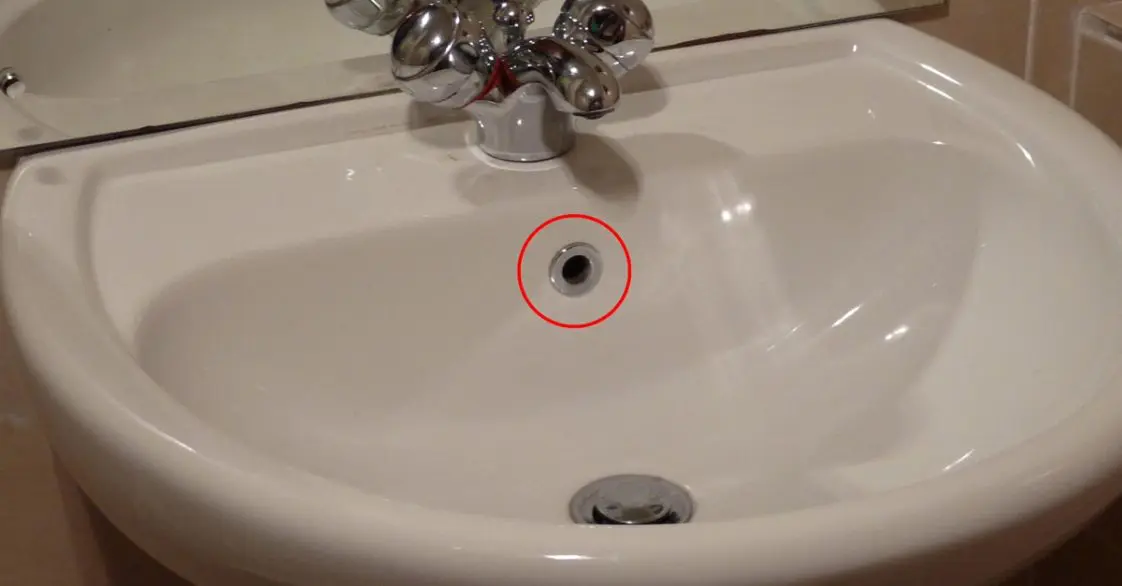 Once you have assessed the damage,
gather all the necessary materials for the repair.
This may include an epoxy or putty suitable for kitchen sinks, sandpaper, a putty knife, and a waterproof sealant. It is essential to choose high-quality products to ensure a durable and professional finish.
Once you have assessed the damage,
gather all the necessary materials for the repair.
This may include an epoxy or putty suitable for kitchen sinks, sandpaper, a putty knife, and a waterproof sealant. It is essential to choose high-quality products to ensure a durable and professional finish.
Prepare the Sink Surface
 Before applying any filling material, it is crucial to
clean and prepare the surface of the sink.
Use a mild detergent and warm water to remove any dirt, grime, or grease. Once the surface is clean, use sandpaper to roughen the area around the hole, providing a better surface for the filling material to adhere to.
Before applying any filling material, it is crucial to
clean and prepare the surface of the sink.
Use a mild detergent and warm water to remove any dirt, grime, or grease. Once the surface is clean, use sandpaper to roughen the area around the hole, providing a better surface for the filling material to adhere to.
Fill the Hole
 Next,
apply the chosen filling material to the hole, following the manufacturer's instructions.
For small holes, use a putty knife to apply the epoxy or putty evenly, pressing it firmly into the hole. For larger holes, use a patch of the same material as the sink, securing it in place with a waterproof sealant.
Next,
apply the chosen filling material to the hole, following the manufacturer's instructions.
For small holes, use a putty knife to apply the epoxy or putty evenly, pressing it firmly into the hole. For larger holes, use a patch of the same material as the sink, securing it in place with a waterproof sealant.
Smooth and Seal the Surface
 After the filling material has dried, use sandpaper to
smooth out any rough edges or excess material
to create a seamless finish. Once the surface is smooth, apply a waterproof sealant to protect the repair and prevent any future leaks.
After the filling material has dried, use sandpaper to
smooth out any rough edges or excess material
to create a seamless finish. Once the surface is smooth, apply a waterproof sealant to protect the repair and prevent any future leaks.
Conclusion
 In conclusion, filling a hole in your kitchen sink is a straightforward and cost-effective solution that can save you from costly repairs in the future. By following these steps and using high-quality materials, you can achieve a professional and long-lasting result. If you are unsure about the extent of the damage or do not feel confident in your DIY skills, it is always best to consult a professional for assistance. Don't let a hole in your kitchen sink cause further damage and inconvenience - take action and repair it today!
In conclusion, filling a hole in your kitchen sink is a straightforward and cost-effective solution that can save you from costly repairs in the future. By following these steps and using high-quality materials, you can achieve a professional and long-lasting result. If you are unsure about the extent of the damage or do not feel confident in your DIY skills, it is always best to consult a professional for assistance. Don't let a hole in your kitchen sink cause further damage and inconvenience - take action and repair it today!




















